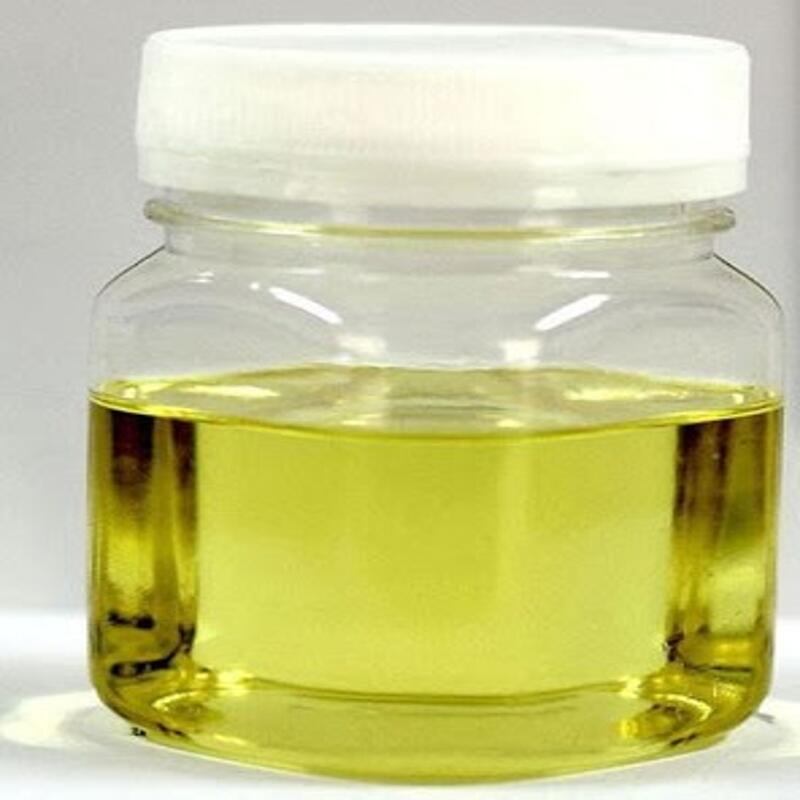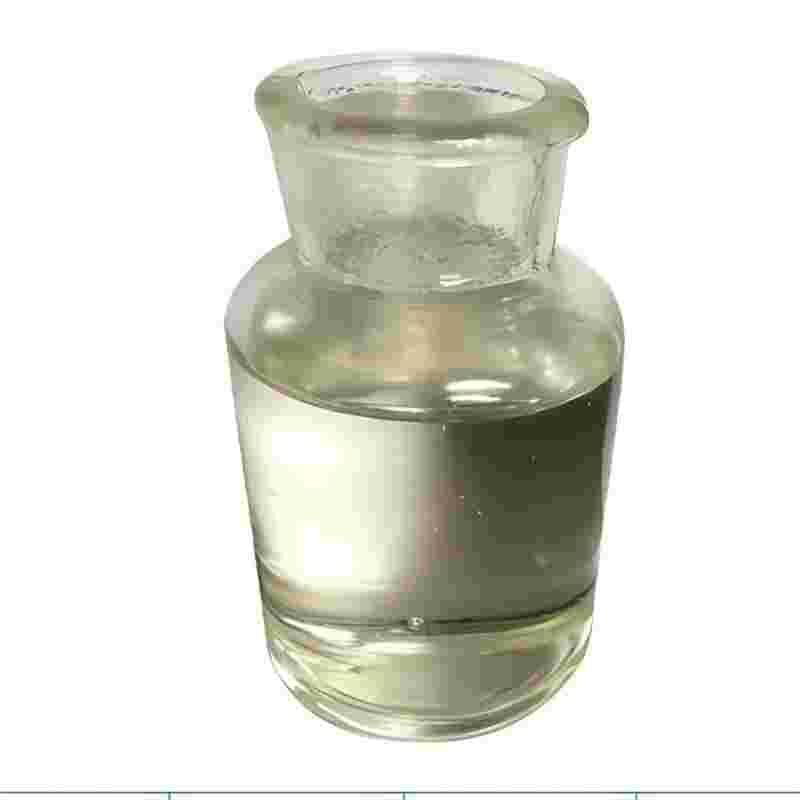-
Categories
-
Pharmaceutical Intermediates
-
Active Pharmaceutical Ingredients
-
Food Additives
- Industrial Coatings
- Agrochemicals
- Dyes and Pigments
- Surfactant
- Flavors and Fragrances
- Chemical Reagents
- Catalyst and Auxiliary
- Natural Products
- Inorganic Chemistry
-
Organic Chemistry
-
Biochemical Engineering
- Analytical Chemistry
-
Cosmetic Ingredient
- Water Treatment Chemical
-
Pharmaceutical Intermediates
Promotion
ECHEMI Mall
Wholesale
Weekly Price
Exhibition
News
-
Trade Service
2-Ethylhexyl (2-ethylhexyl)phosphonate is a commonly used synthetic intermediate in the chemical industry.
It is used in a wide range of applications, including as a surfactant, a flame retardant, and a solvent.
The synthetic routes for 2-ethylhexyl (2-ethylhexyl)phosphonate can be broadly classified into two categories: conventional routes and synthetic routes.
Conventional routes involve the use of traditional chemical processes, such as hydrolysis, esterification, and phosphorylation.
These routes typically involve the use of hazardous chemicals, such as hydrochloric acid and phosphorus trichloride, and require strict safety precautions.
Additionally, conventional routes can be time-consuming and have low yields.
Synthetic routes, on the other hand, involve the use of modern chemical processes and techniques, such as organic synthesis and catalytic reactions.
These routes are generally more efficient and cost-effective than conventional routes, and can also be used to produce highly pure materials.
One of the most widely used synthetic routes for 2-ethylhexyl (2-ethylhexyl)phosphonate is the Wittig reaction.
This reaction involves the use of a phosphorus ylide, which is generated in situ from a phosphorus halide and a metal alkyl, in the presence of a Lewis acid catalyst.
The resulting phosphonate can then be hydrolyzed to yield the desired product.
Another synthetic route for 2-ethylhexyl (2-ethylhexyl)phosphonate is the Nozaki-Hiyama reaction.
This reaction involves the use of a titanium alkylate, which is generated in situ from a titanium halide and an alkyl halide, in the presence of a hydroboration catalyst.
The resulting phosphonate can then be hydrolyzed to yield the desired product.
Overall, the synthetic routes for 2-ethylhexyl (2-ethylhexyl)phosphonate are a critical component of the chemical industry.
These routes allow for the efficient and cost-effective production of this important intermediate, which is used in a wide range of applications.
As the industry continues to evolve, it is likely that new and improved synthetic routes for 2-ethylhexyl (2-ethylhexyl)phosphonate will be developed, allowing for even greater efficiency and productivity.







